X
Electric hoists represent their own machinery, strength, and toughness, while the stage is elegant, flowing, and soft, with conflicts and collisions between the two.
the stage electric hoist. Although it doesn't stand in the spotlight, it controls the crucial elements of every stunning appearance on the stage.
Category : V7 Stage Electric Series
Get a Quote
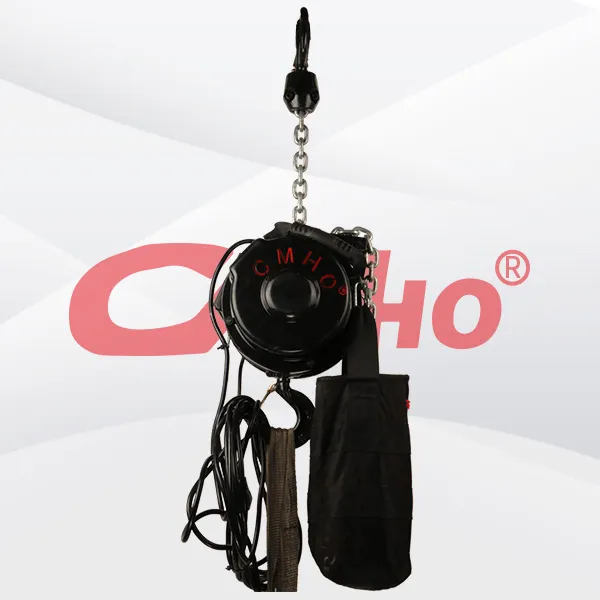



Product Details
There are many precautions and methods that need to be noted during the use of stage electric hoists. The following is an introduction from aspects such as before operation, during operation, after operation, and daily maintenance: Before Operation - Equipment Inspection - Inspect the appearance of the electric hoist to check for any obvious damage, deformation, corrosion, etc., especially for key components such as wire ropes or chains, and hooks. - Check the electrical system to ensure that the power connection is normal, and operation components such as switches and buttons are sensitive, reliable, and free from electric leakage. - Confirm that safety devices such as limit switches and overload protection are in good working condition and can operate normally. - Familiarize with the Operating Environment - Understand the structure and layout of the stage, and clarify the operating range of the electric hoist and potential obstacles. - Check the bearing capacity of the lifting point to ensure that it can bear the total weight of the electric hoist and the lifted heavy object. - Preparation Work - Clean up the work area, remove irrelevant items and debris, and keep the passage unobstructed to ensure safe movement and operation during the operation. - Select appropriate lifting tools according to the weight and shape of the lifted object, and ensure that the lifting tools are firmly installed. During Operation - Standardized Operation - Operate strictly in accordance with the operating procedures of the electric hoist. Use special control buttons or remote controls to avoid misoperation. - During the lifting and lowering process, operate smoothly and avoid sudden acceleration or deceleration to prevent the heavy object from swinging or swaying. - When lifting a heavy object, first lift the object slightly, check the status of the electric hoist, lifting tools, and the heavy object. After confirming that everything is normal, continue lifting. - Safety Distance - Operators should keep a certain safety distance from the electric hoist and the lifted heavy object to avoid being hit by the heavy object or being entangled by wire ropes, chains, etc. during the lifting process. - When the electric hoist is in operation, it is strictly prohibited for people to stay or pass under the heavy object. Set up warning signs to prevent unconcerned personnel from entering the dangerous area. - Monitor the Operating Status - Closely monitor the operating status of the electric hoist, including the sound and temperature of the motor, and the winding situation of the wire rope or chain. If there is any abnormality, immediately stop the operation, find out the cause and troubleshoot the problem. - Pay attention to the operation of the limit switch. When the heavy object reaches the limit position, the limit switch should act in a timely manner to stop the operation of the electric hoist. After Operation - Stop Operation and Reset - After completing the lifting task, press the stop button in a timely manner and cut off the power to ensure that the electric hoist stops running. - Reset components such as the hook, wire rope, or chain, organize the lifting tools, and place them in the designated position. - Inspection and Record - keeping - Inspect the electric hoist to check for any loose, worn, or damaged components. If there are any problems, record and report them in a timely manner. - Fill in the operation record, including information such as the weight of the lifted object, the number of lifting times, operating time, and equipment status, to provide a reference for subsequent maintenance. Daily Maintenance - Regular Maintenance - Regularly maintain the electric hoist according to the requirements of the equipment manufacturer, including cleaning, lubricating, and tightening. - Regularly replace vulnerable parts such as wire ropes, chains, and brake pads to ensure the performance and safety of the equipment. - Storage Environment - The electric hoist should be stored in a dry and well - ventilated place to avoid being affected by moisture, rust, and corrosion.
- When not in use for a long time, cut off the power and properly protect the equipment to prevent dust and debris from entering.
Common faults and handling methods of stage electric hoists are as follows: Mechanical Faults - Wire rope wear or breakage - Reasons: Long - term use, overloading, poor lubrication, wire rope quality issues, drum or pulley wear, etc. - Handling methods: Regularly check the wear condition of the wire rope. When the wear exceeds the specified standard, replace the wire rope in a timely manner. Ensure that the electric hoist operates within the rated load range to avoid overloading. Regularly lubricate the wire rope. Select wire ropes with qualified quality. Check the drum and pulley, and replace them in time if there is wear. - Chain tooth skipping or derailment - Reasons: Chain wear, sprocket tooth shape wear or damage, improper chain tension, foreign objects entering between the chain and sprocket, etc. - Handling methods: Check the wear conditions of the chain and sprocket. Replace the chain or sprocket when the wear is severe. Adjust the chain tension to meet the requirements. Clean the foreign objects between the chain and sprocket to ensure a clean operating environment. - Brake failure - **Reasons**: Brake pad wear, brake spring fatigue or damage, oil or wear on the surface of the brake wheel, improper brake adjustment, etc. - Handling methods: Replace the worn brake pads. Replace the fatigued or damaged brake springs. Clean the oil on the surface of the brake wheel, repair or replace the worn brake wheel. Readjust the brake to ensure that the brake clearance and braking torque meet the requirements. Electrical Faults - Motor fails to start - Reasons: Power supply faults (such as power outage, fuse blowout, poor power cord connection, etc.), motor faults (such as winding short - circuit, open - circuit, motor overheat protection activation, etc.), controller faults (such as button damage, contactor failure, control circuit open - circuit, etc.). - Handling methods: Check whether the power supply is normal, repair or replace the fuse, and tighten the power cord connectors. Check the motor windings, repair or replace the motor. Check components such as the controller's buttons and contactors, repair or replace the damaged components, and check the control circuit to repair the open - circuit fault. - Motor overheating - Reasons: Overload operation, poor heat dissipation, motor winding short - circuit or grounding, frequent starting, etc. - Handling methods: Avoid overloading the electric hoist. Clean the dust and debris on the motor surface to ensure good heat dissipation. Check the motor windings and repair the short - circuit or grounding fault. Arrange the use reasonably and reduce the frequency of starting. - Limit switch failure - Reasons: Limit switch damage, improper installation position, control circuit fault, etc. - Handling methods: Replace the damaged limit switch. Readjust the installation position of the limit switch to ensure its accurate operation. Check the control circuit and repair faults such as open - circuit and short - circuit. Other Faults - Jitter or abnormal noise during operation - Reasons: Loose, worn or damaged mechanical components, motor imbalance, uneven or foreign - object - blocked track, uneven tension of the chain or wire rope, etc. - Handling methods: Check and tighten the loose mechanical components, replace the worn or damaged parts. Conduct dynamic balance debugging on the motor. Clean the foreign objects on the track and repair the uneven track. Adjust the tension of the chain or wire rope to make it uniform. - Abnormal load lifting or lowering speed - Reasons: Motor fault, reducer fault, frequency converter fault (if using variable - frequency speed regulation), wire rope or chain slippage, etc. - Handling methods: Check the motor and reducer, repair or replace the faulty components. Check the parameter settings and working status of the frequency converter, and adjust or repair it. Check the tension and wear conditions of the wire rope or chain, adjust the tension or replace the worn parts.
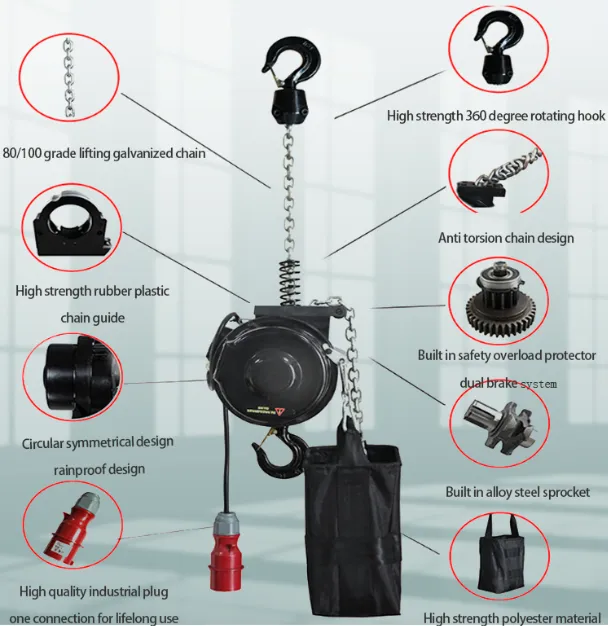
RELATED PRODUCTS .
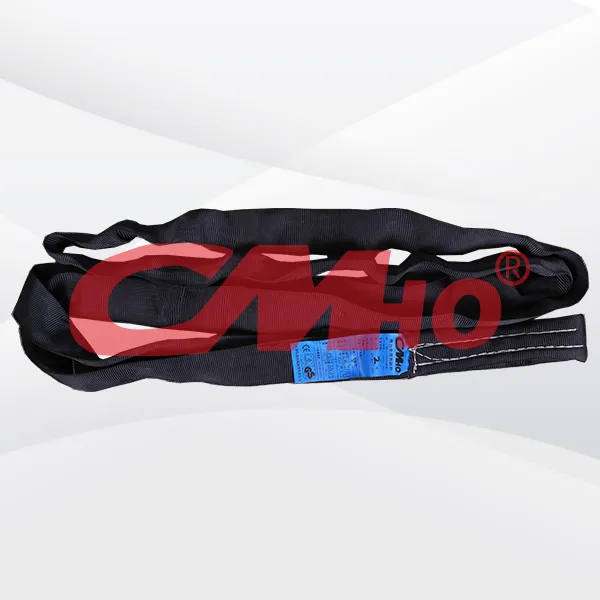
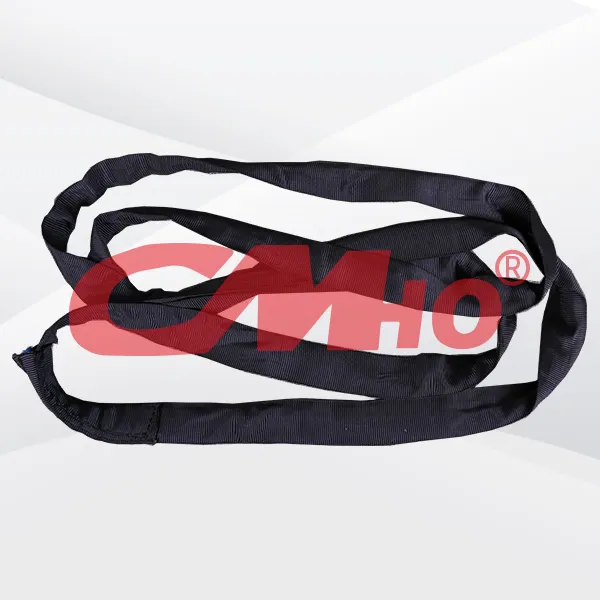
The polyester black lifting sling also features non-conductivity and no corrosion, ensuring safety and wide applicability. These characteristics make it an efficient and reliable hoisting tool, especi
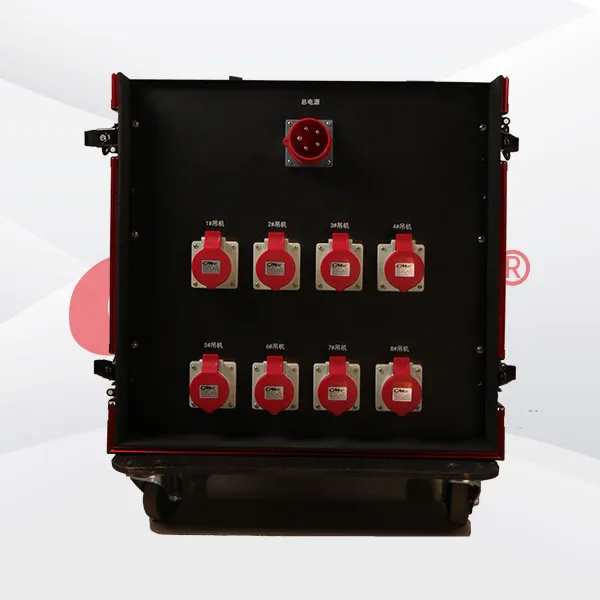
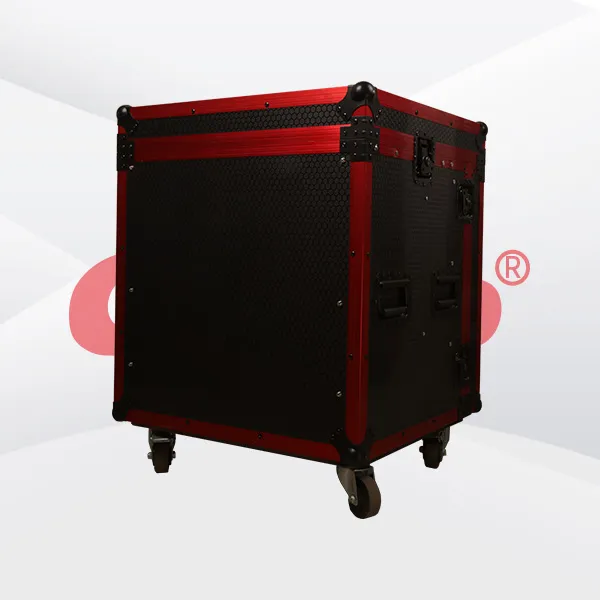
The aircraft case truss hoist controller is suitable for the quick installation and adjustment of stage lighting, sound systems, and other equipment. It performs exceptionally well in enviro
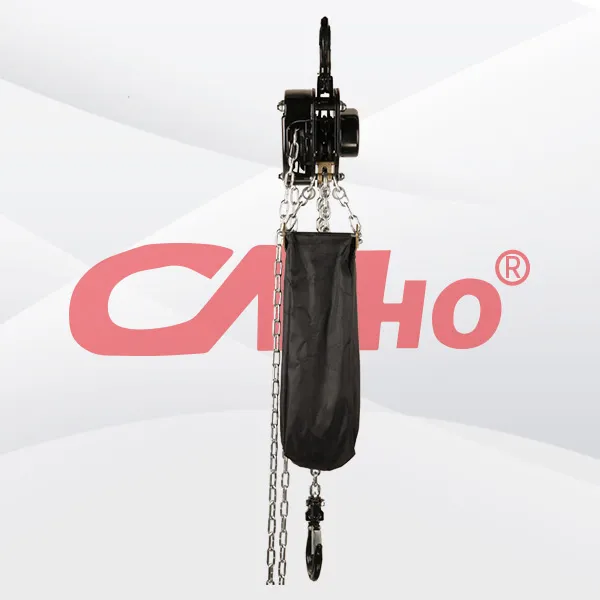
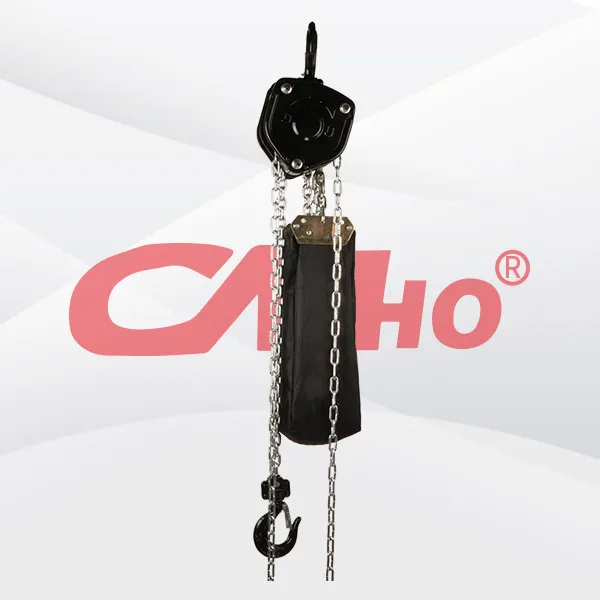
Factory-direct hand-pulled stage hoists are ideal for the quick installation and adjustment of stage lighting, sound systems, and other equipment. They perform exceptionally well in environments witho
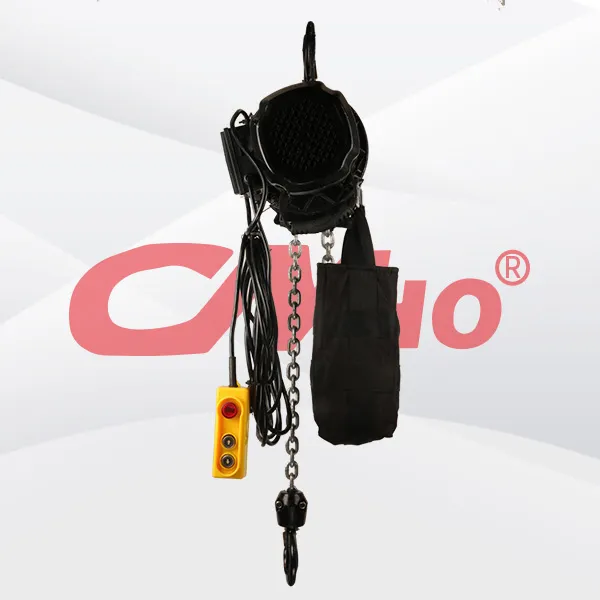
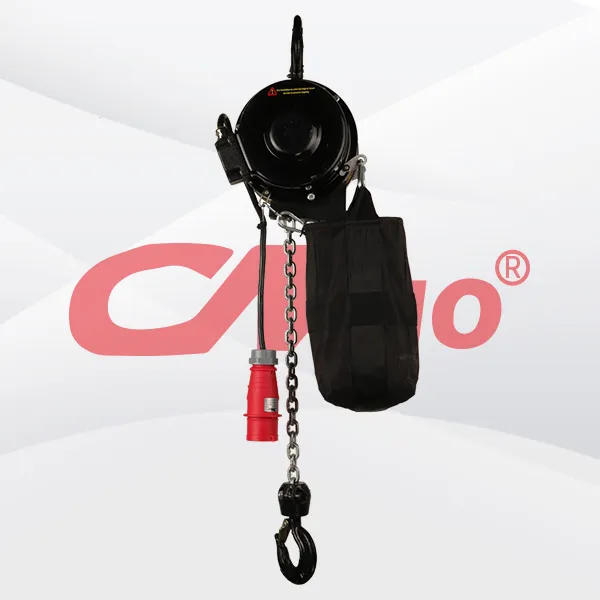
The stage truss motor equipped with a limit switch deeply integrates powerful performance, precise control, and excellent safety. It can not only easily handle the hoisting and accurate positioning of
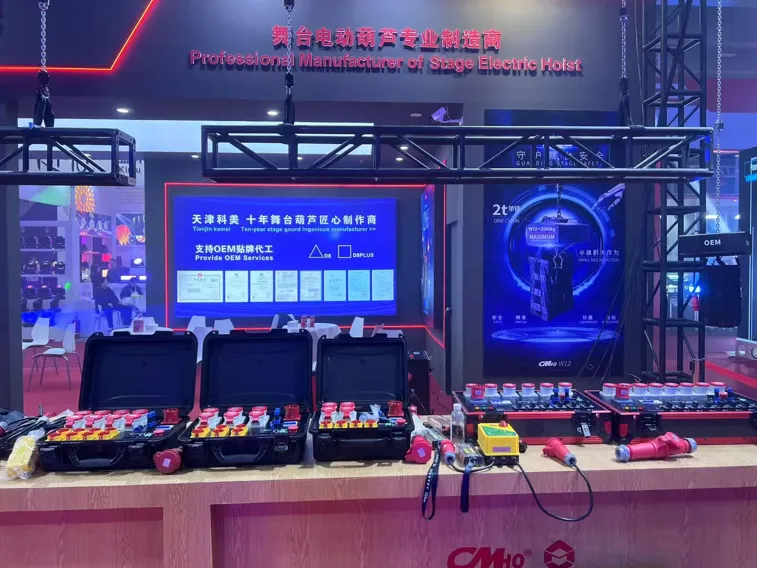
2025-02-28
创始人
0
The participation of Tianjin Kemei in the Guangzho...
Tianjin Kemei made a remarkable and eye-catching appearance at the Guangzhou (International) Performing Arts Equipment, Intelligent Acoustic, Optical and Electrical Products...
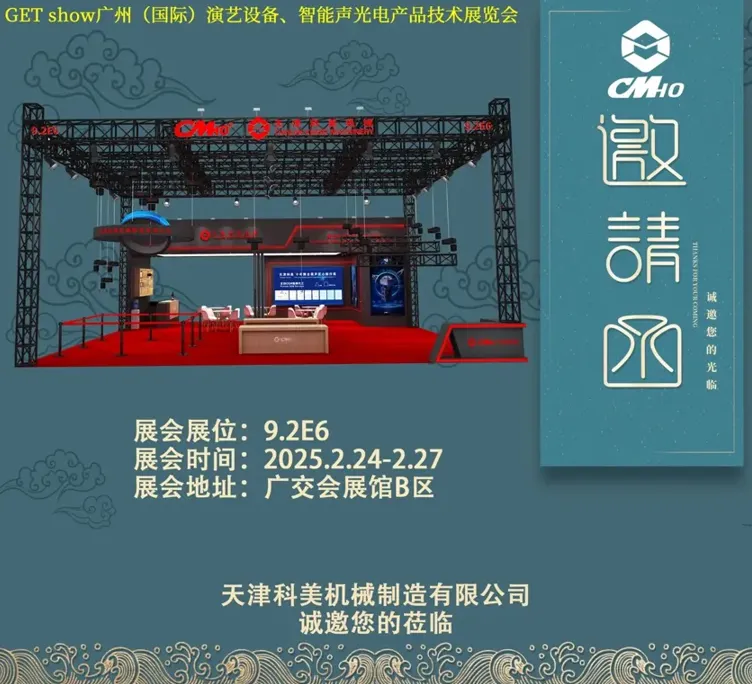
2025-02-27
创始人
0
Guangzhou (International) Performing Arts Equipmen...
In the era of the rapid development of stage lifting equipment and intelligent acousto - optic technology, every industry event serves as a crucial opportunity for innovatio...
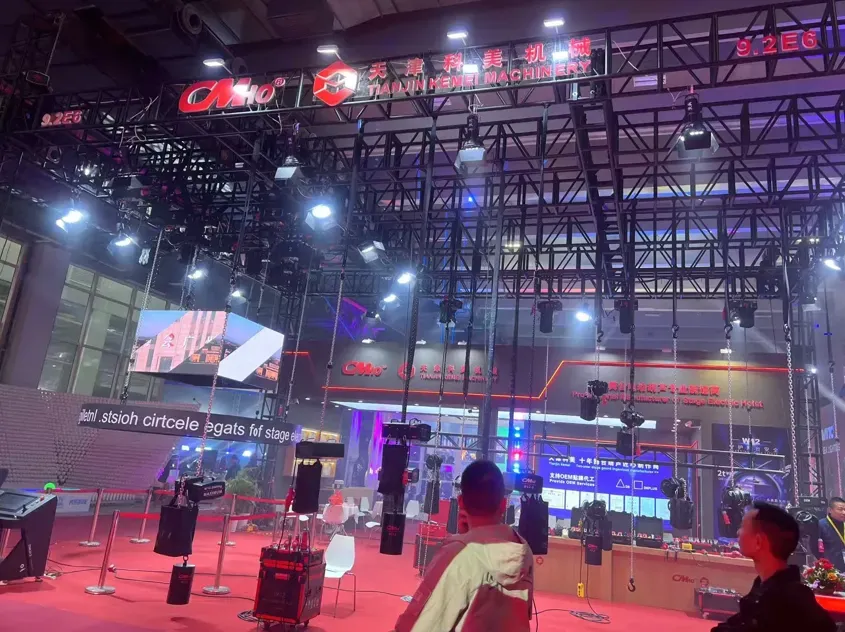
2025-02-27
创始人
0
GET show Guangzhou (International) Performing Arts...
Tianjin Kemei Machinery Manufacturing Co., Ltd. has been deeply engaged in the stage equipment manufacturing field for many years and has developed into a modern benchmark e...
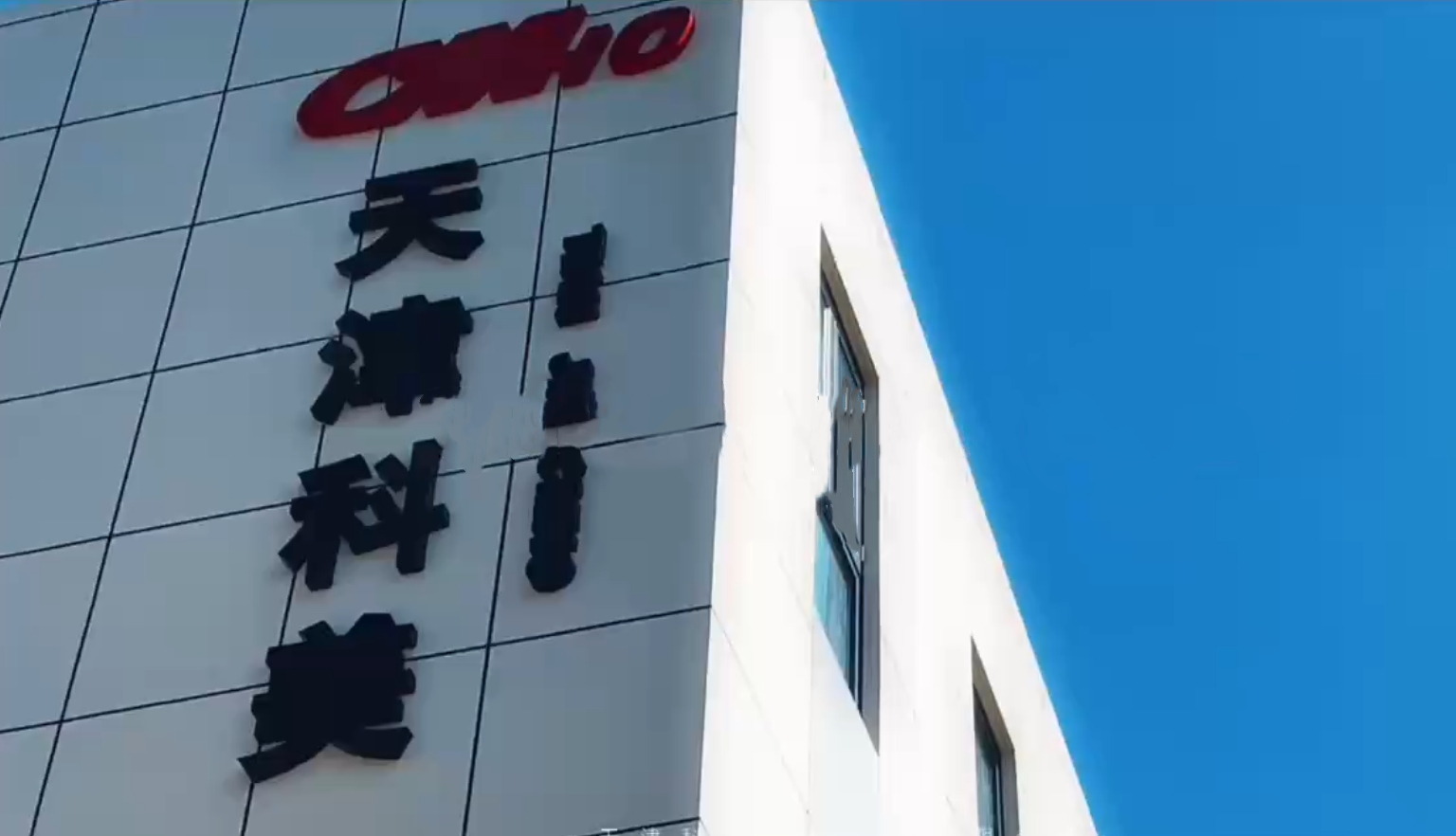
2024-09-24
admin
0
Tianjin Kemei Machinery Manufacturing Co., Ltd. Ne...
Tianjin Kemei Machinery Manufacturing Co., Ltd.: New Starting Point, New Journey - New Factory Relocation Record

